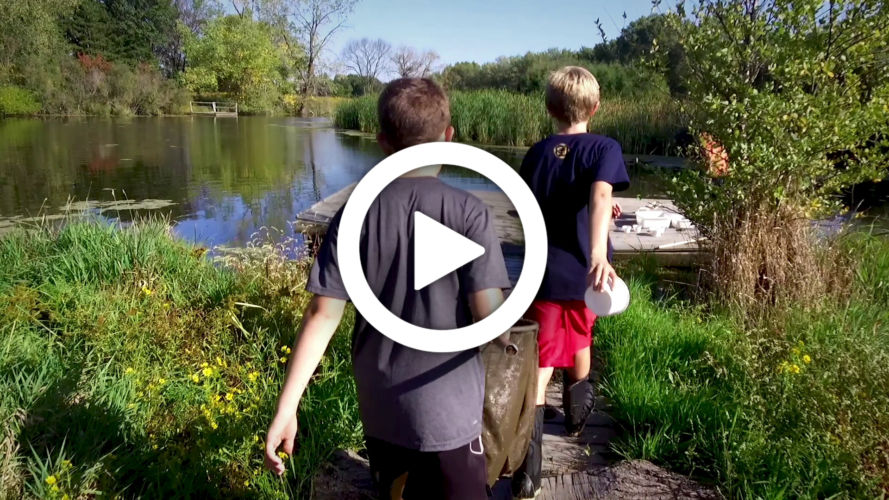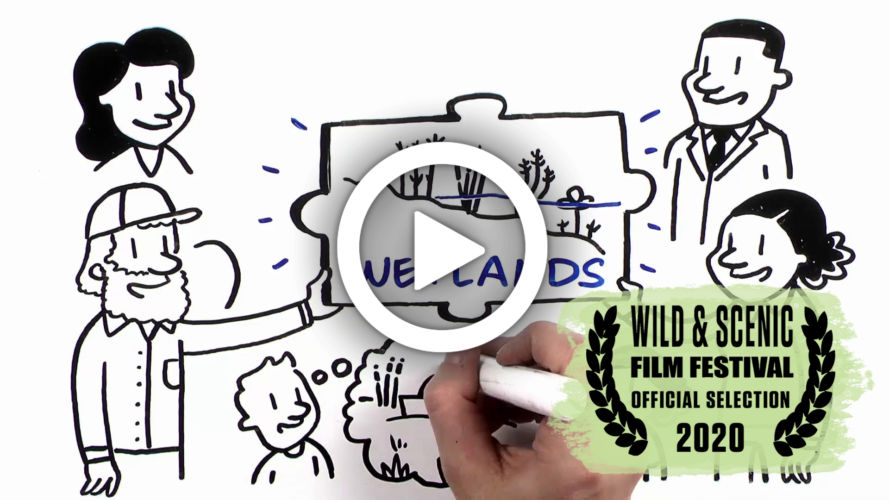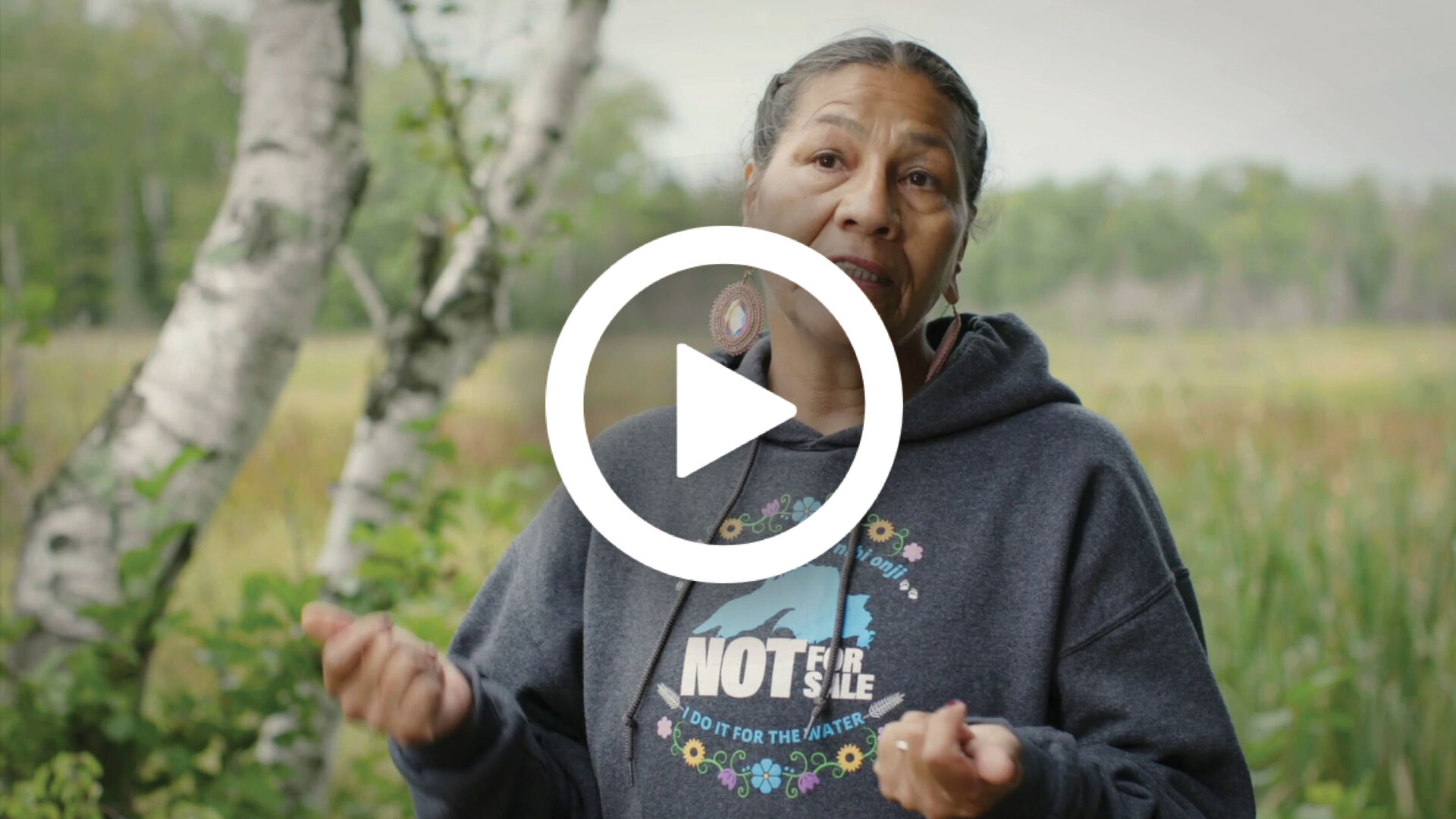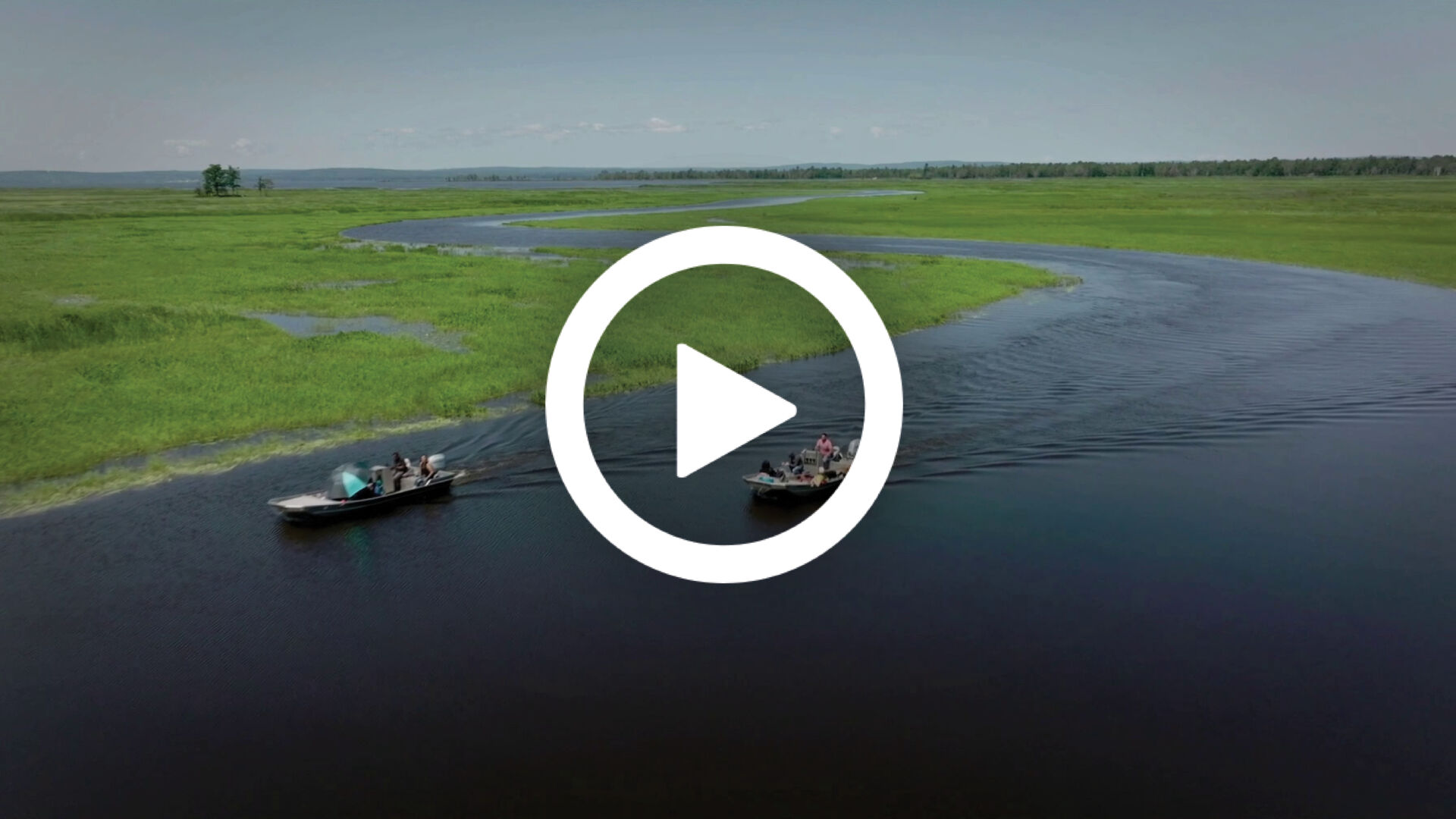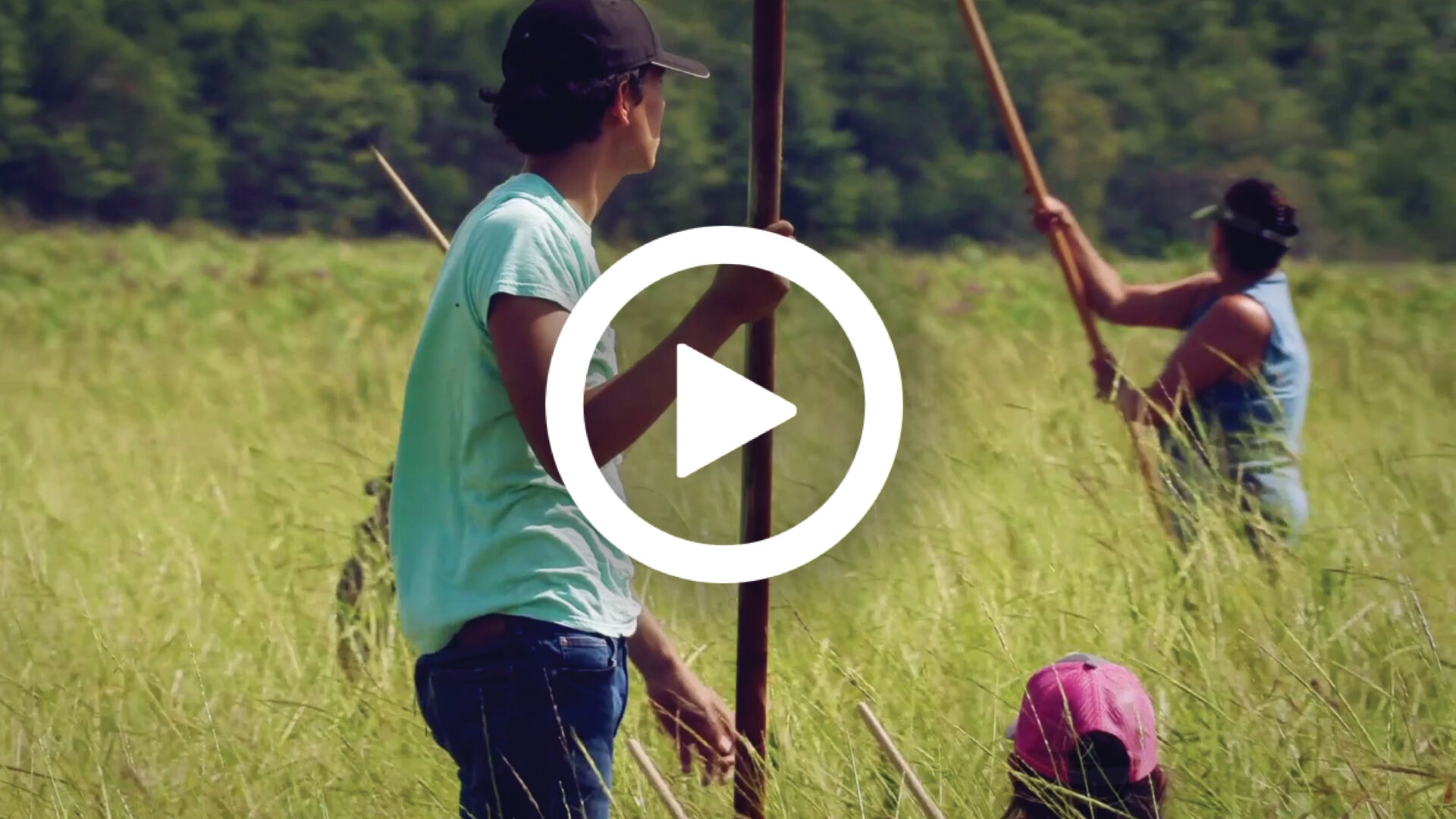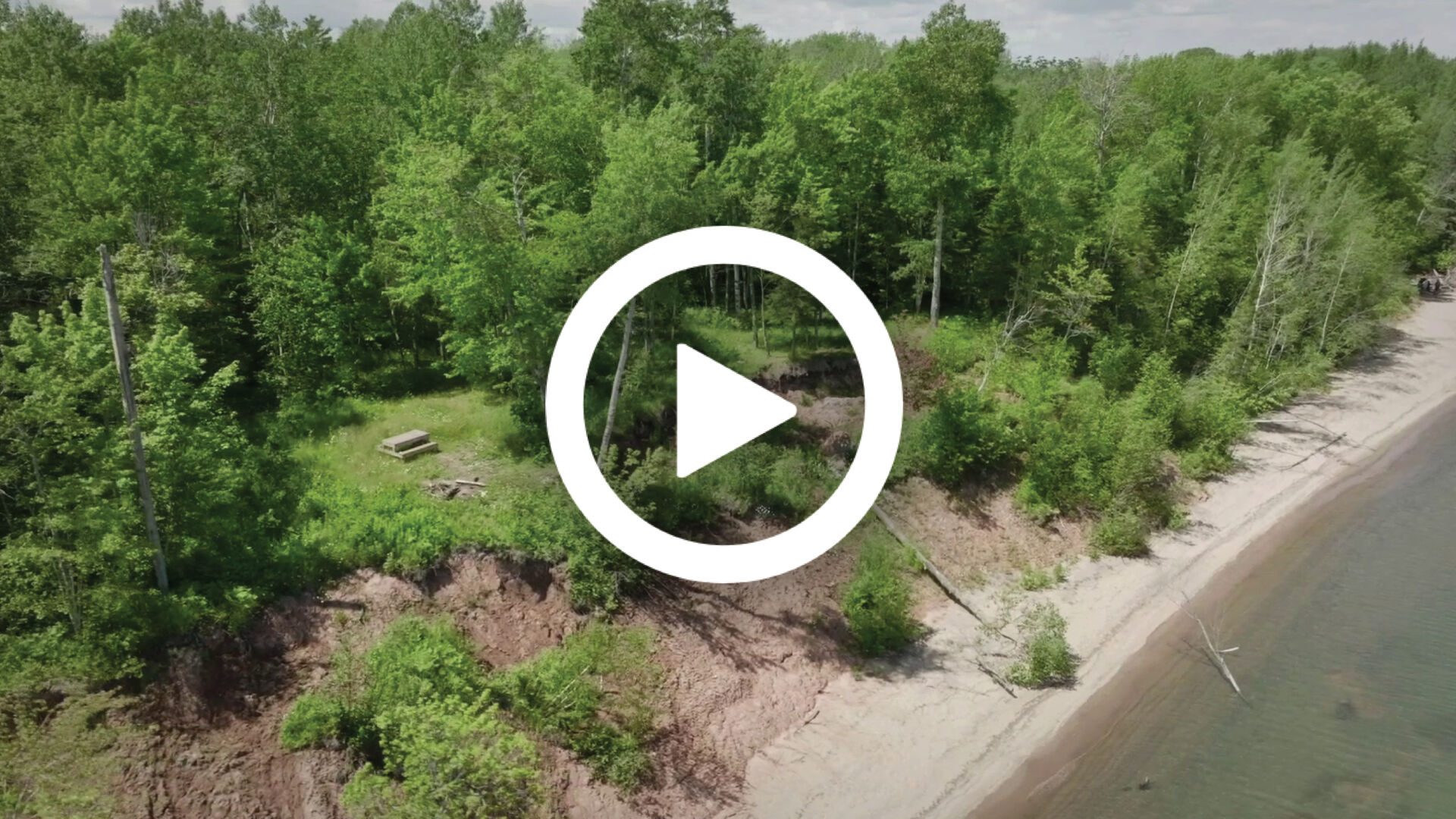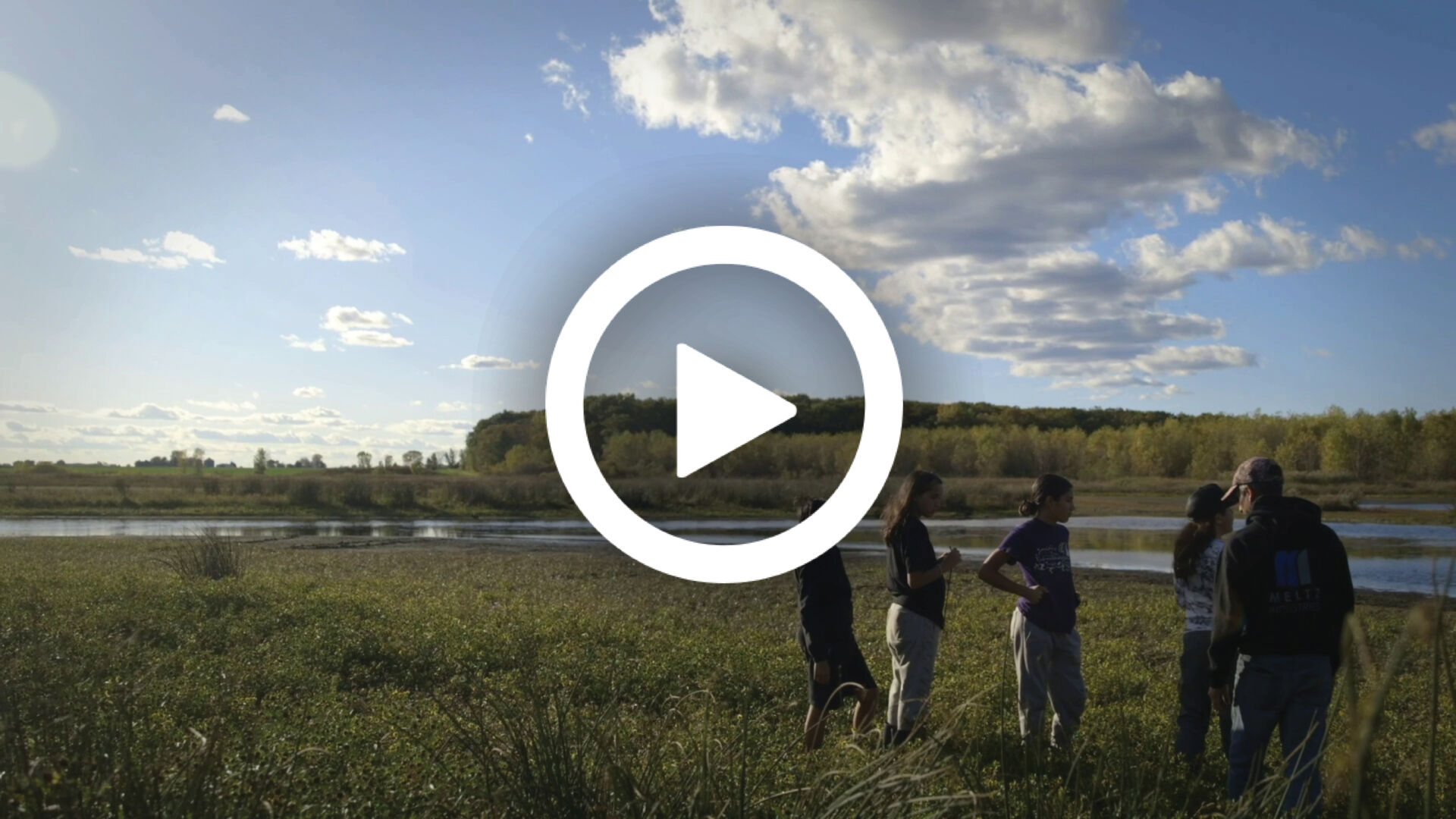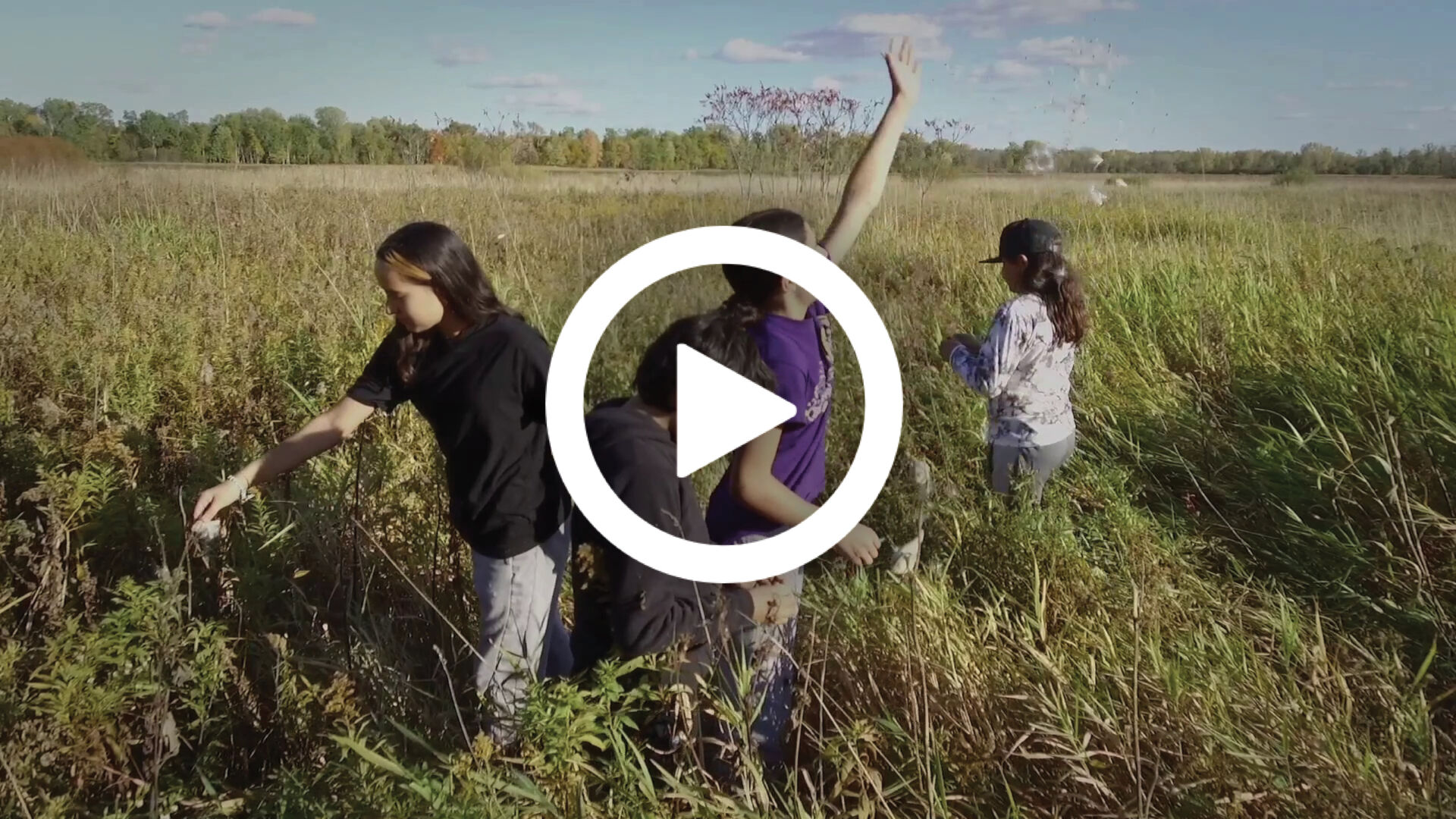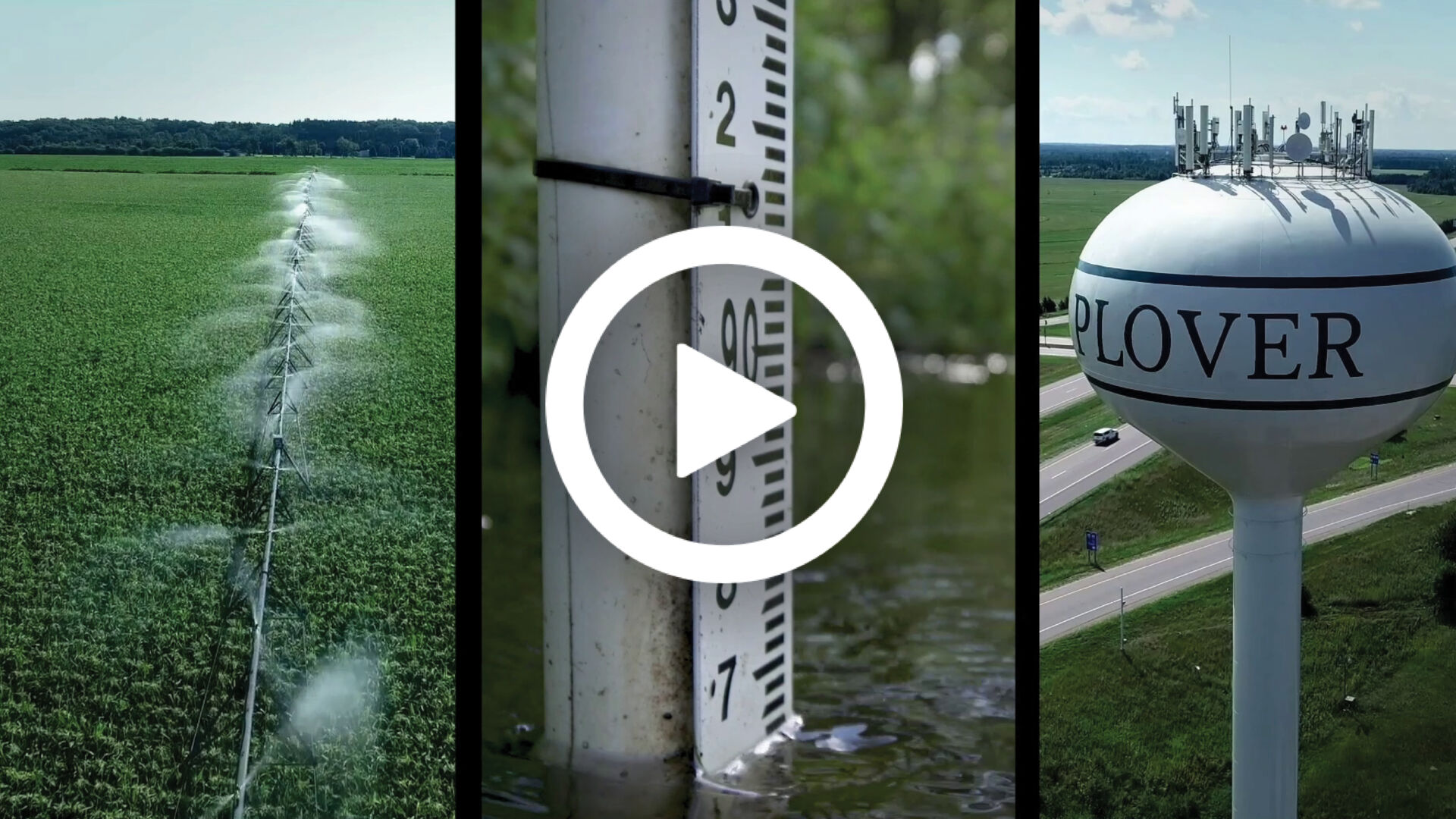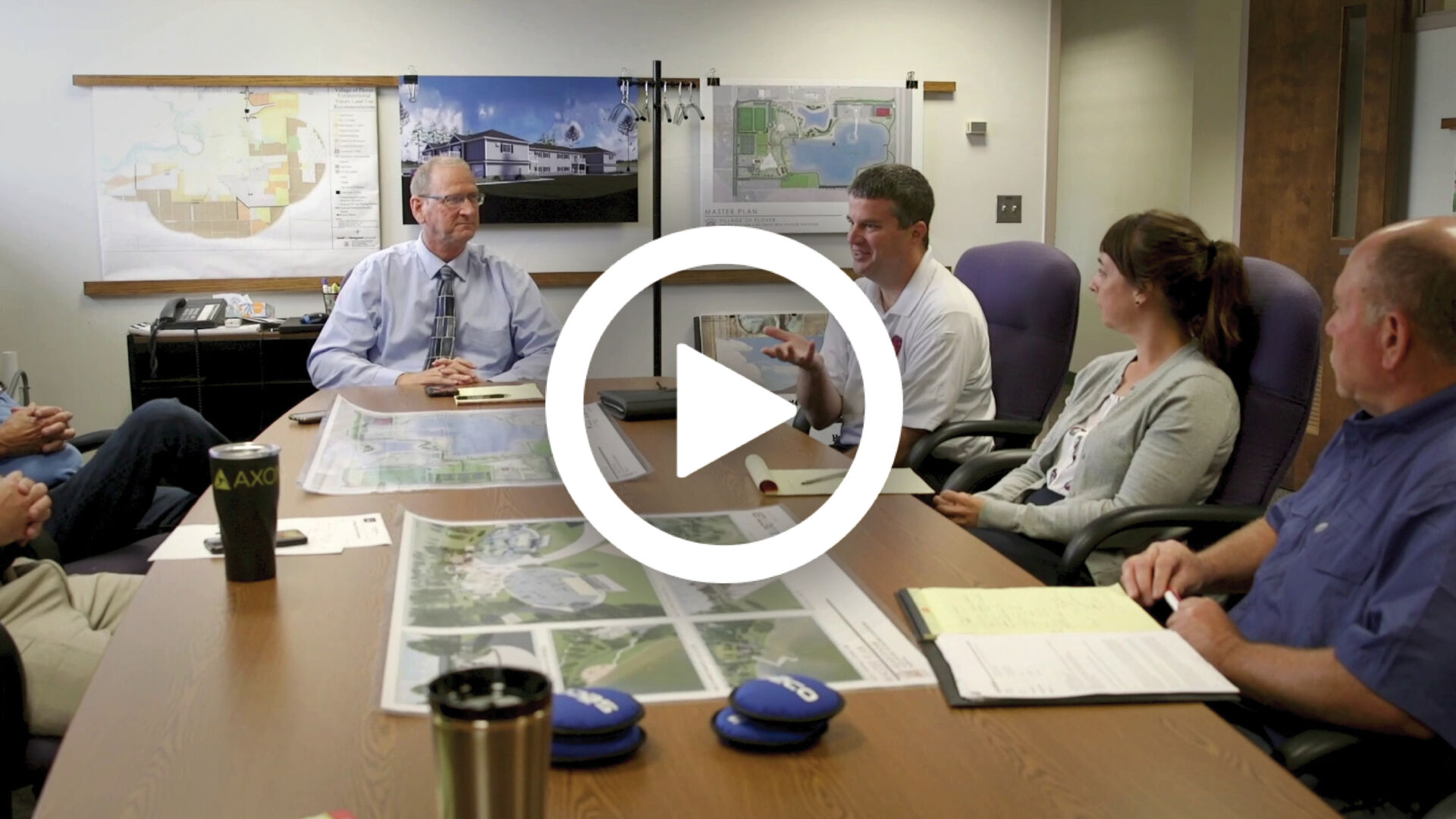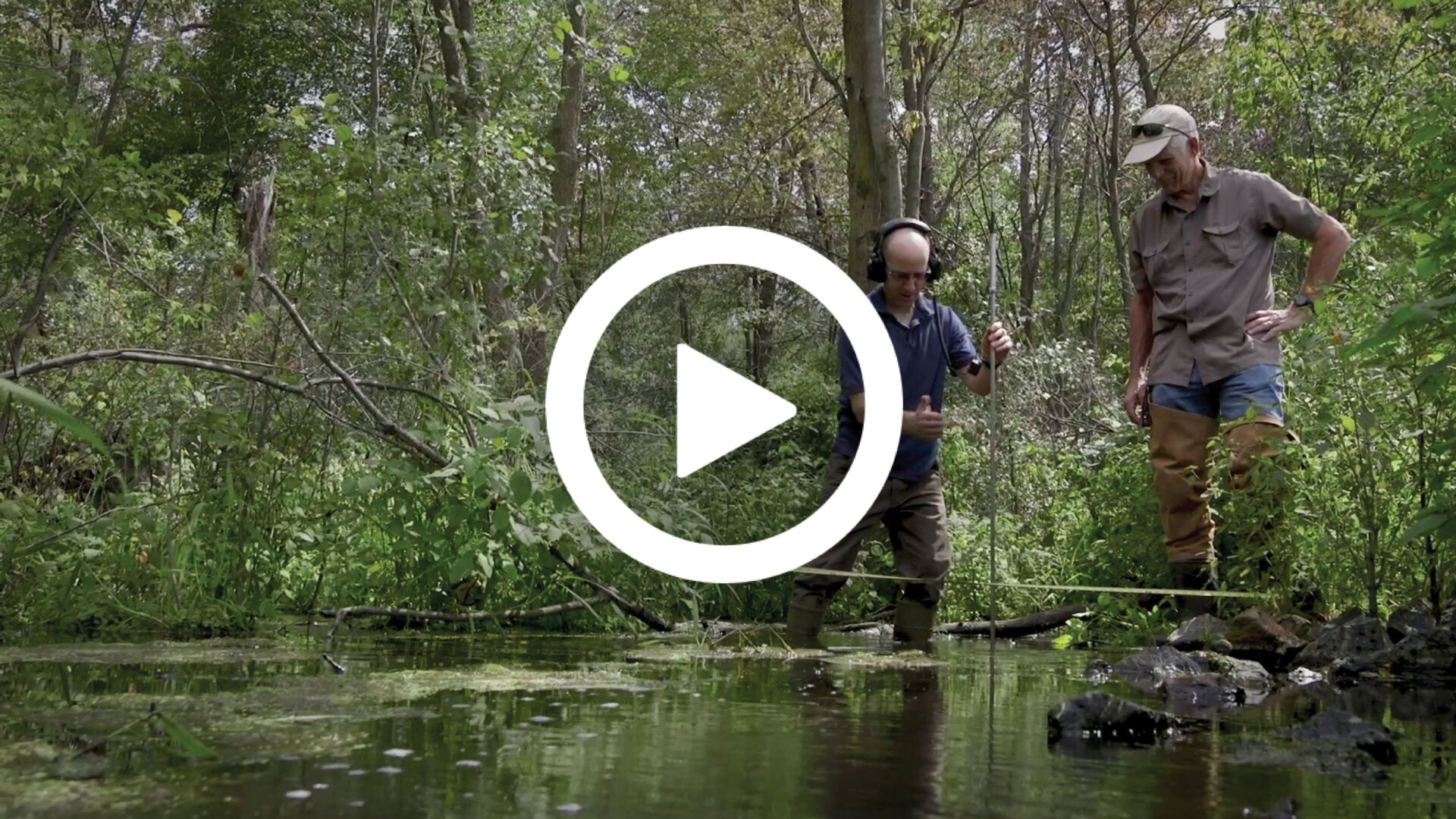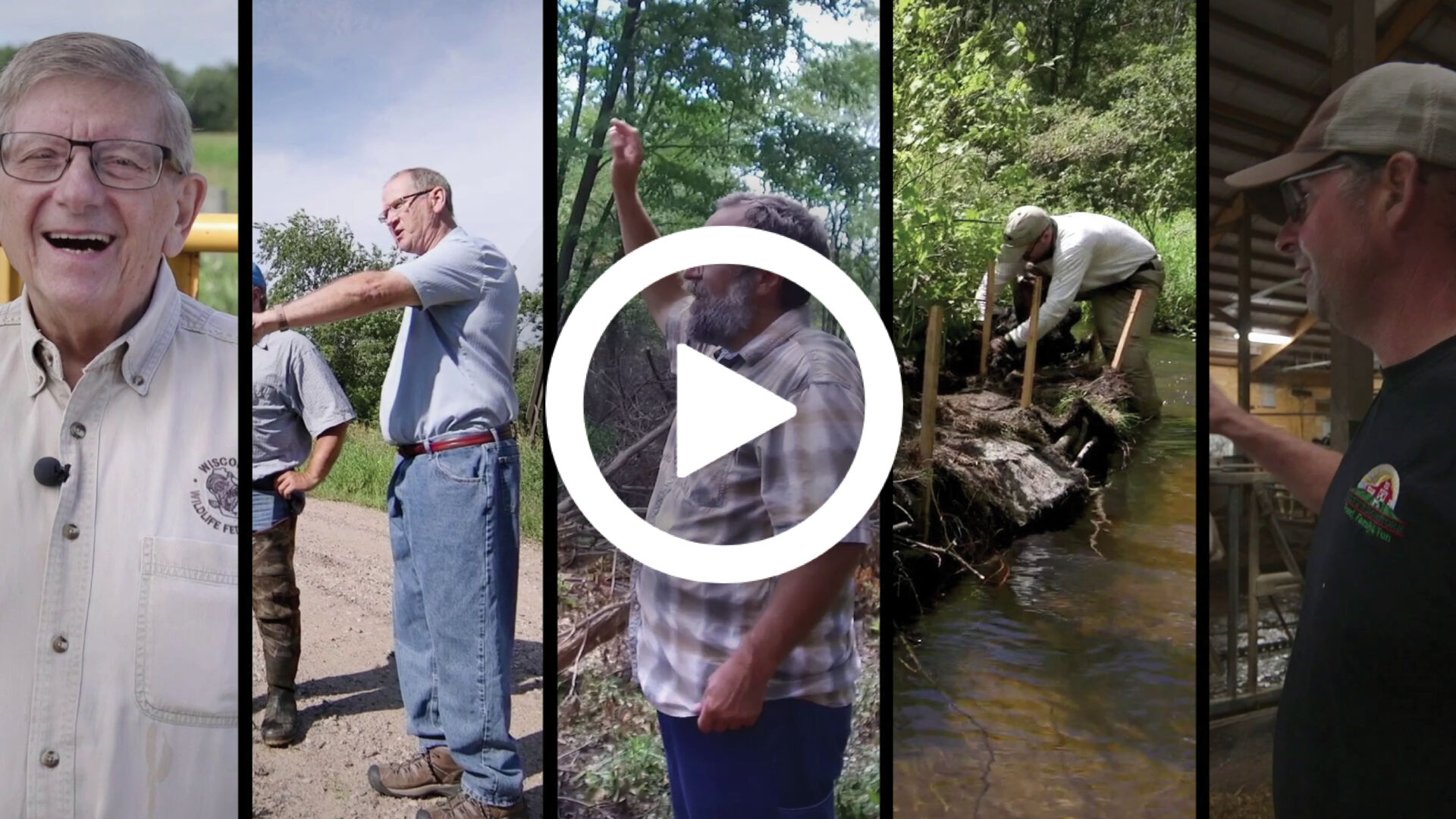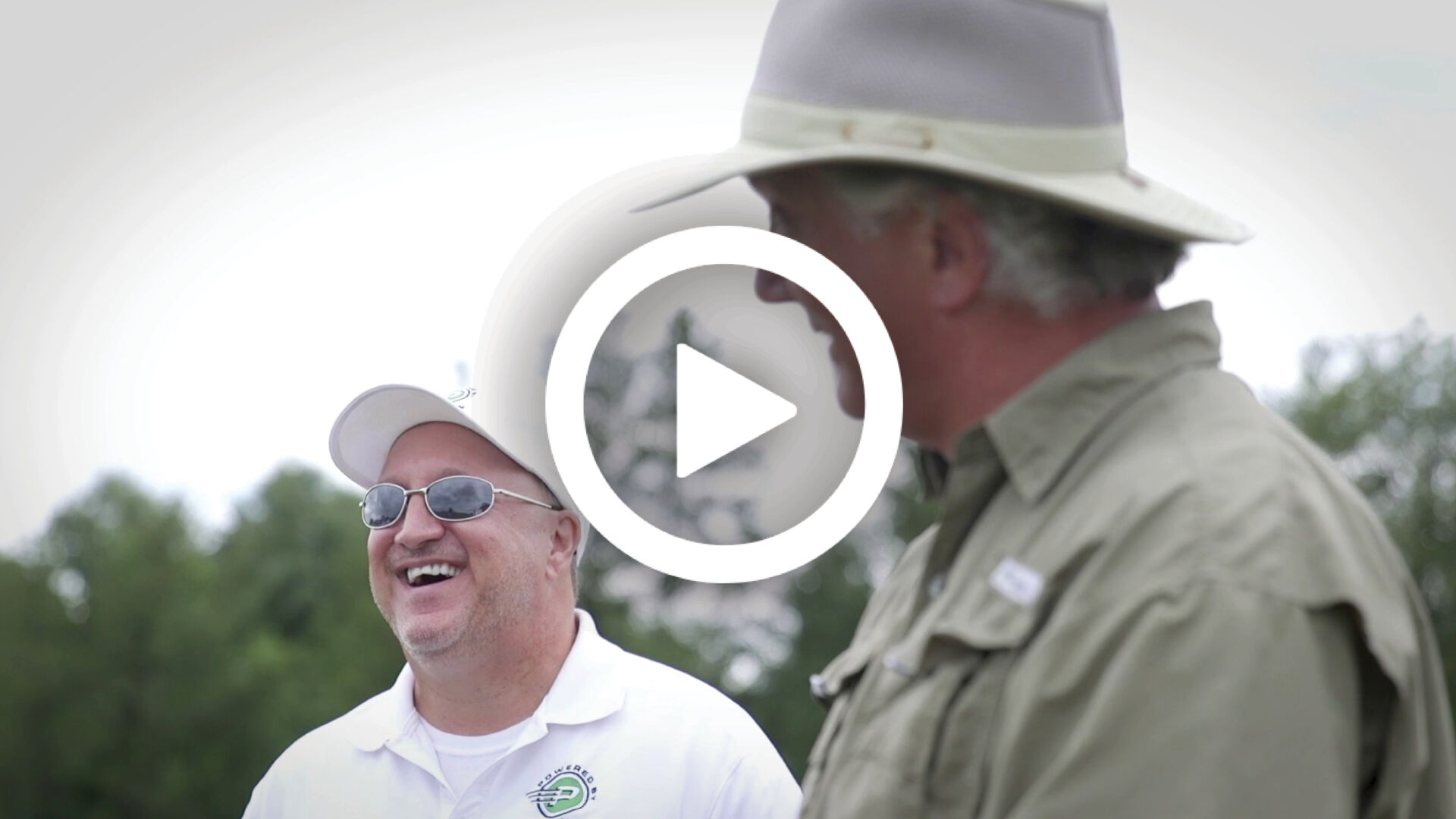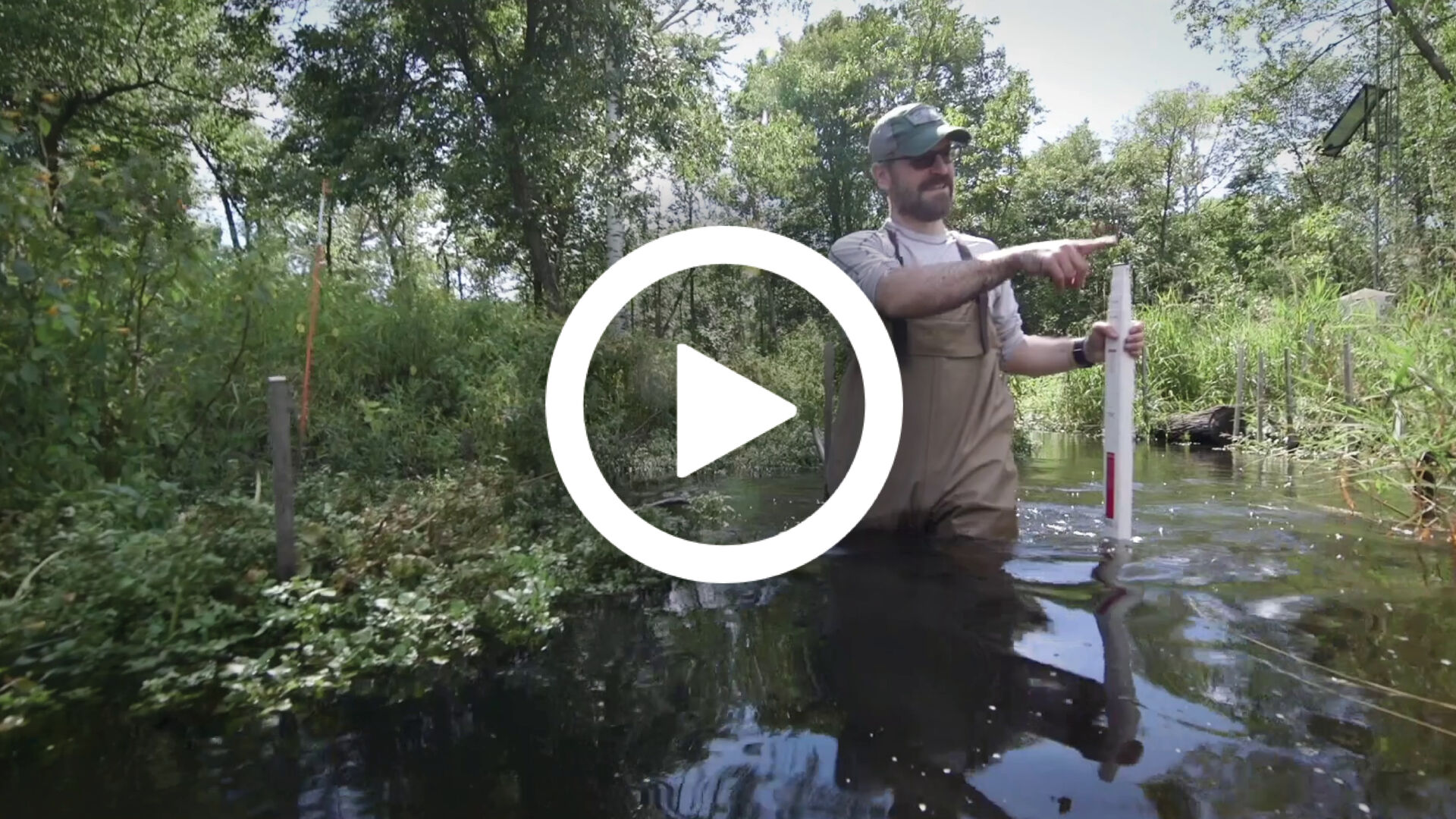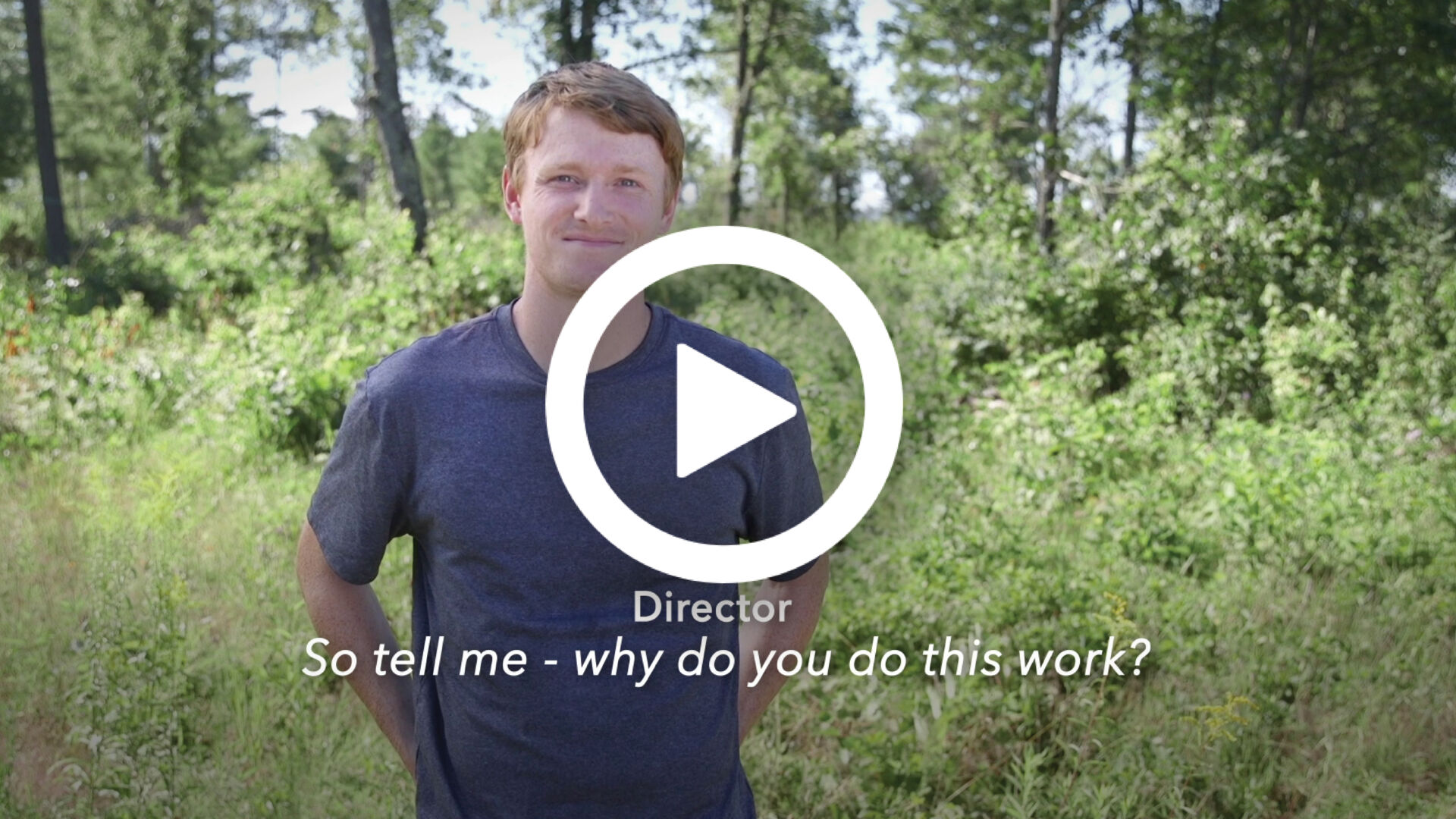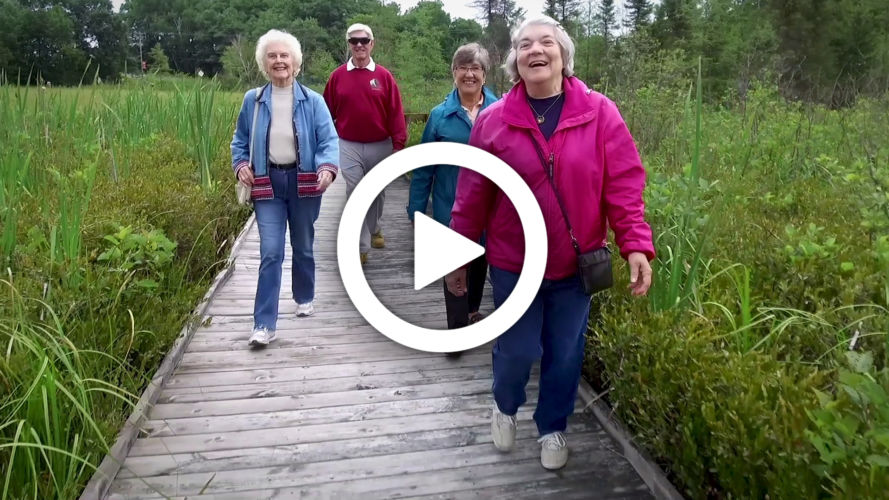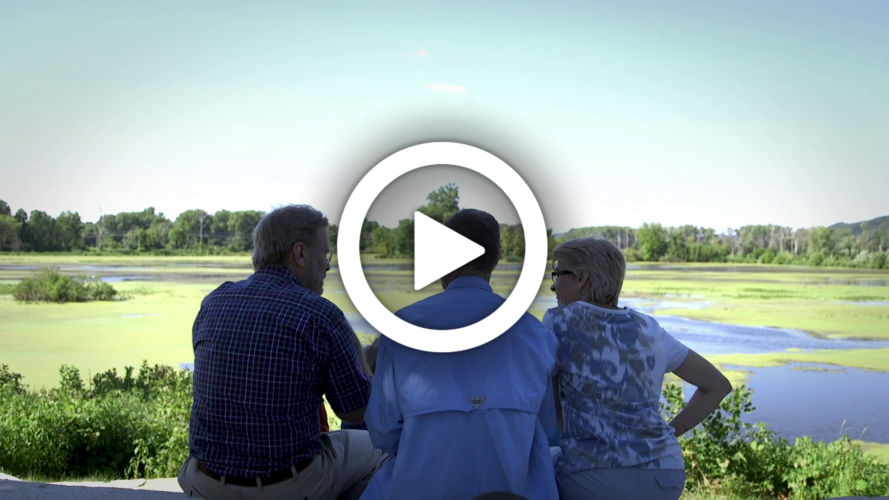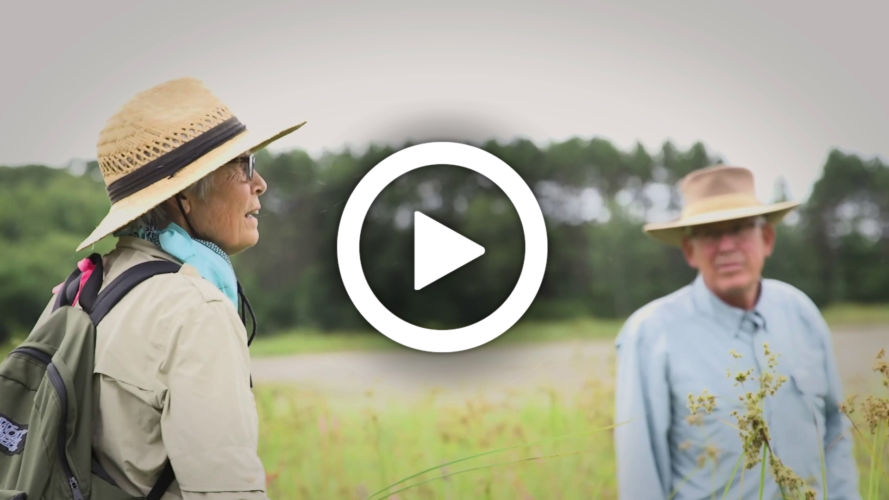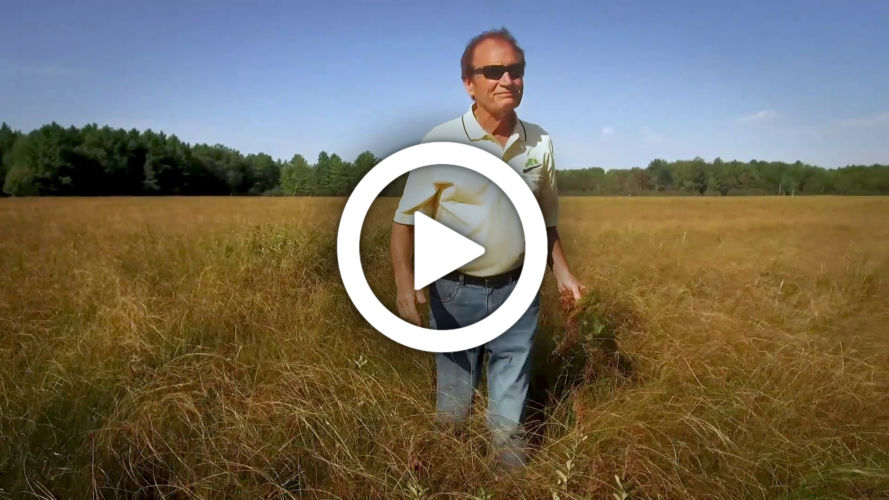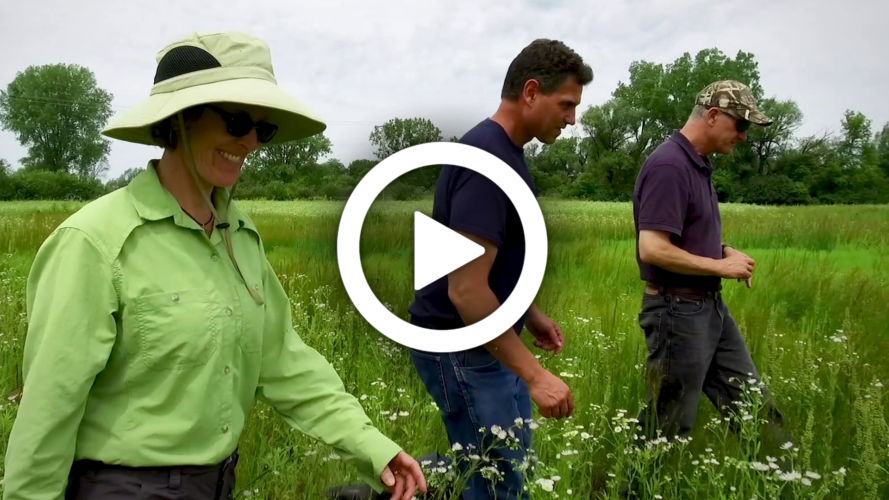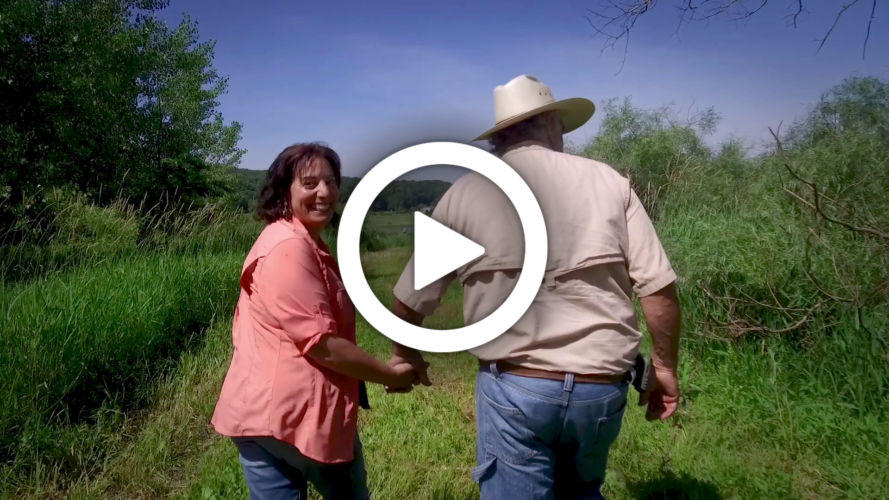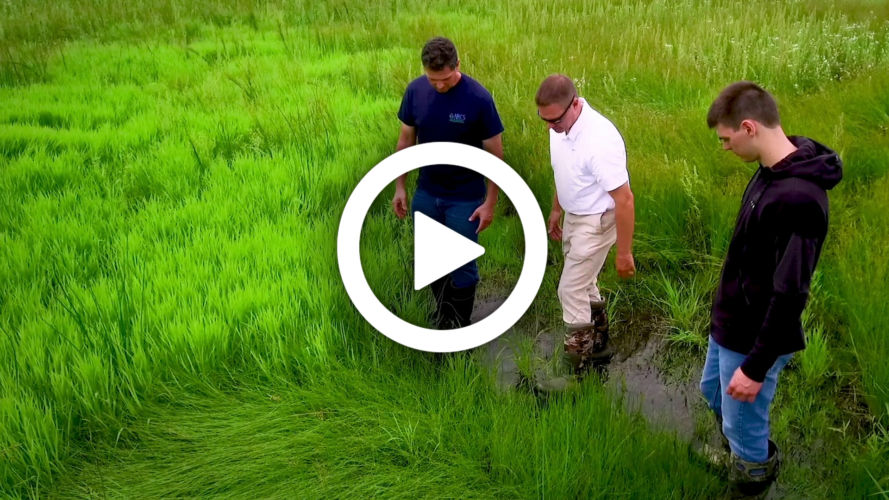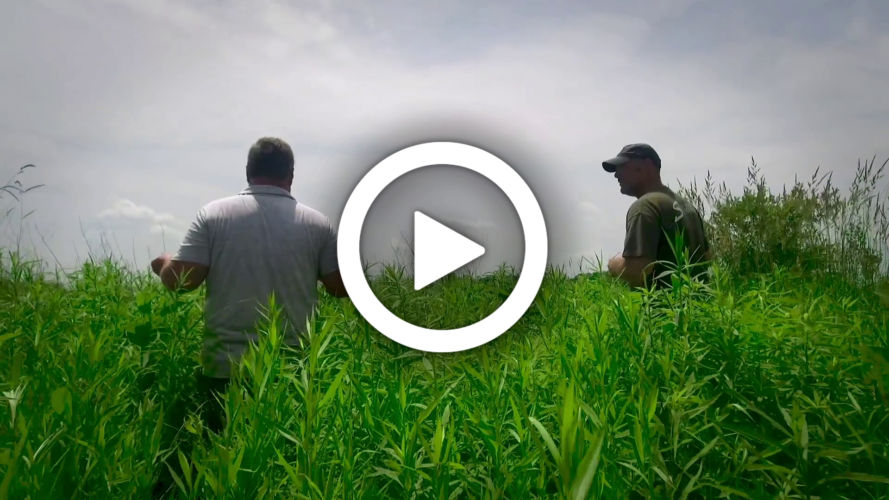
Promoting the benefits of wetlands
Wetlands provide many benefits to Wisconsin communities. Check out the videos below to hear about some of these benefits and about some of the people and communities caring for wetlands in Wisconsin.
We hope these videos will inspire you to speak up for wetlands and we encourage you to use the videos when you are talking with others about wetlands. All of the videos can be downloaded for your use in any wetland-related outreach you may do, whether you’re working as part of a group or meeting with your elected officials and community leaders. All of the videos have available closed captioning in both English and Spanish.
About wetlands
Wetlands: Vital Solutions
This light-hearted documentary-style video features wetland conservation professionals explaining what wetlands are, why they matter, and how you can help protect them.
Communities care for wetlands
Tribal wetland conservation leadership in Wisconsin
Wisconsin Wetlands Association, the Wisconsin Tribal Conservation Advisory Council, and the USDA-Natural Resources Conservation Service are collaborating to raise awareness of the vital work tribes in Wisconsin are doing to protect and restore wetlands and watersheds. Learn more about the series here.
Sustaining Our Heritage: Caring for the Wetlands of the Lac Courte Oreilles Band of Lake Superior Ojibwe
In 1923, the creation of the Chippewa Flowage drowned Lac Courte Oreilles villages and the wetlands that provided for the Tribe’s needs, including wild rice. Today, the Tribe is working to restore resources lost under this man-made water body. Their work is improving and restoring wetland habitat and water quality and helping to provide for the needs of Tribal members.
Protecting our Waters: Watershed Conservation and the Red Cliff Band of Lake Superior Chippewa
The Red Cliff Band of Lake Superior Chippewa, located on the southern shore of Lake Superior in the northernmost tip of Wisconsin, retains a strong cultural connection to the waters and lands of the region. Learn how the Tribe recently increased its investment in these critical resources by establishing a wetland program to protect, monitor, and manage wetlands.
Water is Life: Watershed Conservation and the Bad River Band of Lake Superior Chippewa
For the Bad River Band of Lake Superior Tribe of Chippewa Indians in Northern Wisconsin, water is life. Protecting water means protecting the watersheds that provide water for their Reservation and people from top to bottom, including uplands, floodplains, and globally important coastal wetlands along Lake Superior.
Preserving a Way of Life: Wetland Conservation and the Bad River Band of Lake Superior Chippewa
The vast beds of manoomin (wild rice) growing in what we now call the Kakagon-Bad River Sloughs on Lake Superior (which have received global recognition for their ecological and cultural importance) provide natural resources that meet the tribe’s physical and cultural needs.
Managing Watersheds in an Age of Climate Change: the Bad River Band of Lake Superior Chippewa
Our climate is changing. Along the shores of Lake Superior in Northern Wisconsin, one signal of these changes is the intense storm events that in recent years have dropped many inches of water in just a few hours. By protecting wetlands within the watersheds on their Reservation, Bad River is helping manage water from these big storms.
Creating a Path: Watershed Conservation and the Oneida Nation
The Oneida Nation in Northeastern Wisconsin takes a long-term, landscape approach to protecting and restoring their reservation, developing their lands in a way that considers the natural environment. Their efforts to protect and restore wetlands are improving water quality, alleviating flooding, and providing habitat.
Perspectives on Community-Led Watershed Restoration
Community-led initiatives are the most effective way to tackle problems. The community identifies the problem and engages with outside partners who can provide knowledge and expertise to inform decision-making. This collaborative effort can identify effective, locally appropriate solutions. A great example of this approach is underway in the Village of Plover in Central Wisconsin, where local, state, academic, and non-profit partners are working together to improve the health of the Little Plover River and the quality of life of the surrounding community. Following decades of public debate and rancor surrounding water availability and management, this collaborative effort is working to increase the flow and improve the aquatic health of the Little Plover River, improve surface and groundwater connections and water retention across the Little Plover River Watershed, alleviate storm water-driven flooding, and improve and expand fish and wildlife habitat and public recreation opportunities and access.
Enhancing the Little Plover River Watershed
Community-led initiatives are the most effective way to tackle problems. A great example of this approach is underway in the Village of Plover in Central Wisconsin, where local, state, academic, and non-profit partners are working together to improve the health of the Little Plover River and the quality of life of the surrounding community.
Communities Leading the Way
Local governments and public agencies each play an important role in helping communities solve challenges, especially when the challenges involve both the landscape and people. Hear from three of the project’s public partners about why and how they are contributing to this effort, which is a model for other communities facing water-related challenges.
Water Influences Everything
Science plays an important role in helping communities solve problems by helping bring in new data, information, and ways of thinking to inform decision-making. Hear from two water scientists whose work is helping Little Plover River Watershed Enhancement Project partners identify and implement solutions to that community’s water challenges.
Exploring and Promoting Successful Collaborative Approaches to Conservation
While community challenges are best solved by local people, regional and statewide groups play an important role, bringing useful information, connections, and technical and facilitation expertise. Hear from two statewide conservation groups who are collaborating with a community-led effort around the Little Plover River, a collaborative project model they can export to help communities across Wisconsin.
Farmers Caring for Land and Water
Farming depends on healthy land and water, and the farming community is a key player in community decision-making about land and water management. Hear the story of two multi-generation producers who farm in and around the Little Plover River watershed.
Communities Care for Wetlands: Stone Lake
Citizens in the small town of Stone Lake in Washburn County came together to protect wetlands for the health of their lake, and, at the same time, created a treasured community resource.
Landowners care for wetlands
Landowners Care for Wetlands
Private landowners own 75% of Wisconsin’s remaining wetlands. Hear one couple’s story of what their wetlands mean to them and how these wetlands contribute to community health.
Partnering for Wetlands
Learn how Wisconsin Wetlands Association and NRCS each help landowners care for and restore their land and how, working together, they can help more landowners across Wisconsin.
Wetlands Create Family Memories
“When we first initially started this project, the goal was re-establishing habitat for the deer population, wild turkeys. But what we found out is that it’s a lot bigger than that.”

